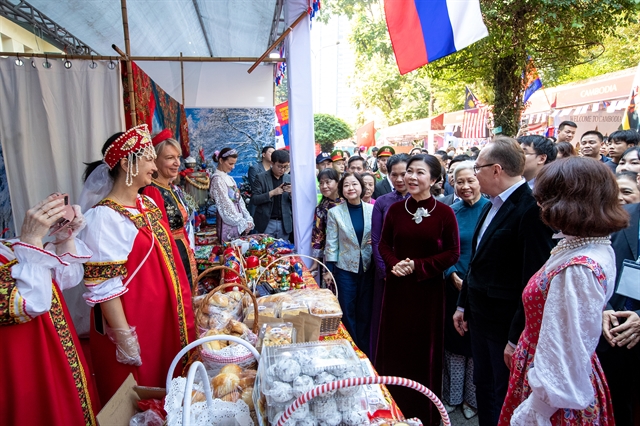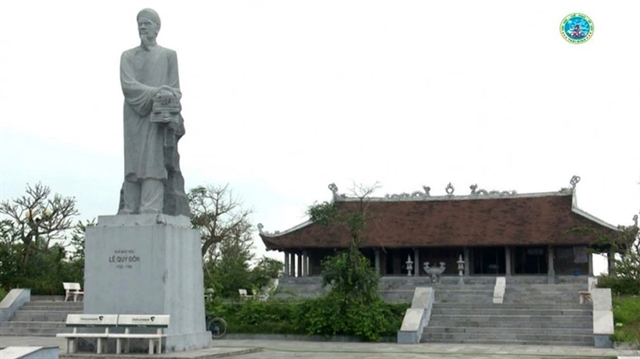 Life & Style
Life & Style

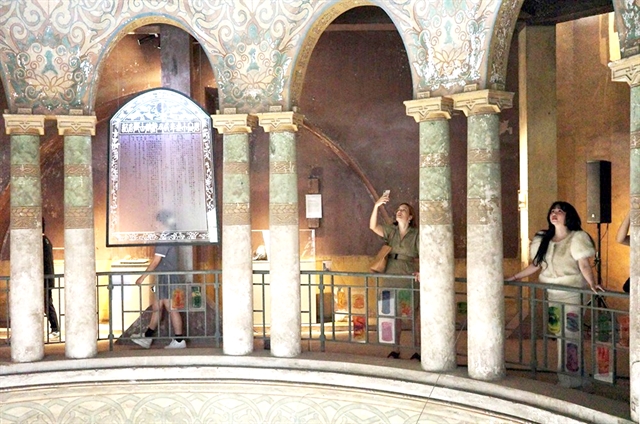 |
| Light projection and 3D mapping technology on a corner of the University of Natural Sciences, a nearly 100-year-old building in central Hà Nội during last year's Hà Nội Creative Design Festival. Photo baovanhoa.vn |
HÀ NỘI More creative destination spaces will be built this year at cultural and historical heritage sites in Hà Nội as part of a plan to boost the city's participation in the UNESCO Creative Cities Network (UCCN) this year.
The Hà Nội People's Committee [Administration] has recently issued a plan with a series of activities to be held in the capital city, including creative spaces for heritage education and traditional performances to be set up at sites such as Văn Miếu-Quốc Tử Giám (The Temple of Literature), Thăng Long Puppetry Theatre and Hoả Lò Prison.
The plan aims to promote the potential and strength of the capital in the fields of creative design, and implement a variety of the city's initiatives and commitments made when it joined the UCCN.
Hà Nội will carry out specific projects and programmes to effectively implement policies and mechanisms on investment and support for cultural industry centres.
According to the plan, the city also aims to protect and develop the capital's culture and arts scene, as well as promote cultural, historical and architectural values in the process of urban reconstruction associated with developing creative spaces to help build the capital's cultural industry.
The city will establish an advisory council for activities related to building a Creative City, cooperate with Việt Nam's Association of Architects and promote international cooperation with member cities in the UCCN.
Conferences, seminars and talks will be held for exchange experiences and to help promote creative activities. The establishment of a creative support fund for ideas and activities -- as well as the Hà Nội Creative Awards -- will also be studied.
Communication, promotion and marketing of creative activities will also be strengthened under the plan. Hà Nội will introduce creative ideas and raise public awareness of the Global Creative Cities Network.
Businesses and individuals are encouraged to organise competitions and build creative spaces at cultural and historical relics such as the Temple of Literature and Hỏa Lò Prison.
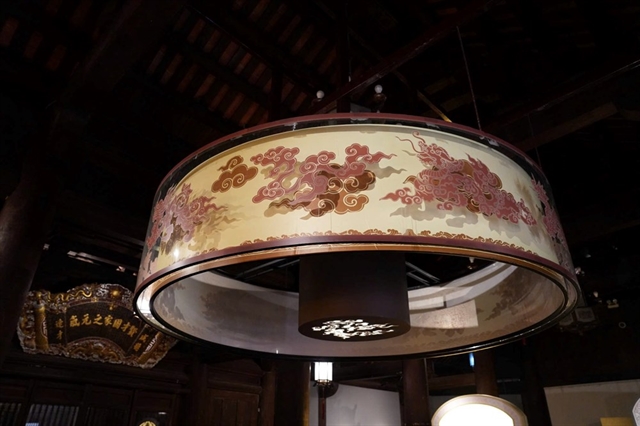 |
| An ancient decorative item at Văn Miếu-Quốc Tử Giám (The Temple of Literature) in Hà Nội. A creative space is expected to be built for heritage education at the relic site this year. |
The Hà Nội Creative Design Festival will become an interdisciplinary creative connection platform with an aim of developing a creative ecosystem to attract investment.
The city's culture authority has been assigned to coordinate with other relevant units to implement the tasks under the plan to fulfil Hà Nội's commitment in the UCCN.
Since joining the UCCN in 2019, Hà Nội has embarked on a journey to redefine its cultural identity and position creativity as a driving force for growth.
Local residents and the nation as a whole have increasingly recognised the importance of innovation in shaping the capital's evolving cultural landscape.
The city is not just preserving its rich cultural and historic heritage, but also leading the way in fostering creative values. Hà Nội has set a model for other Vietnamese cities by blending tradition with modern creativity to chart a new cultural path.
The capital city boasts numerous advantages in developing creative spaces, which have formed part of its distinct cultural identity. More than a hundred creative spaces are currently operating in Hà Nội, a positive sign that reflects the role and contributions of culture and the arts to the spiritual and cultural life of residents.
A few examples of factories have been converted into creative spaces over the past few years. Complex 01 on Tây Sơn Street, for example, is a community cultural centre rebuilt on the foundation of the Trade Union Printing Factory, while the 282 Workshop on Phú Viên Street was built in an old conical hat factory in Long Biên District.
Another prime example of creative transformation is the Trần Nhật Duật pedestrian bridge, which connects the Phúc Tân Public Art Project to Hà Nội’s Old Quarter.
The bridge offers more than just a physical link -- it provides a unique sensory experience, featuring illuminated installations reminiscent of an aquarium.
The vivid depictions of fish, Red River waves and other aquatic motifs, crafted from recycled materials, highlight the city’s commitment to blending creativity with sustainability. VNS

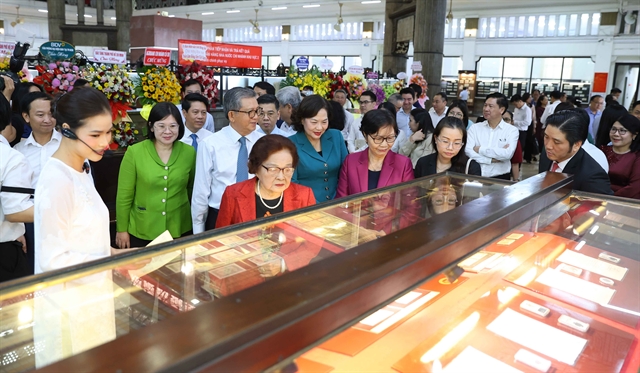
.jpg)

